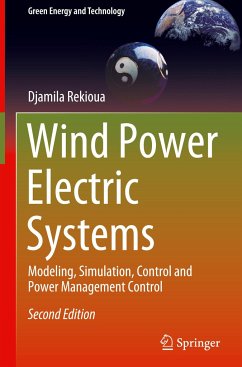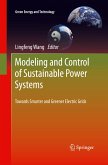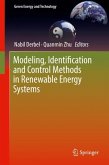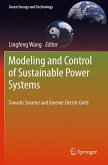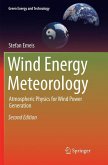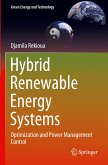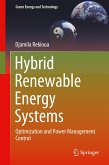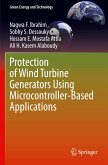This book enhances existing knowledge in the field of wind systems. It explores topics such as grid integration, smart grid applications, hybrid renewable energy systems, and advancements in control and optimization approaches. The book primarily aims to provide a quick and comprehensive understanding of wind systems, including models, control techniques, optimization methods, and energy storage systems to students at both undergraduate and postgraduate levels, particularly those studying electrical engineering.
The book is divided into two parts. The first part explores various stand-alone wind applications such as rural electrification and pumping, while the second part focuses on applications in grid-connected systems. Each system is accompanied by mathematical models and an illustrative example using the MATLAB/Simulink package. Moreover, numerous examples are presented for potential implementation using the DSPACE package. The book also introduces different electrical machine control approaches, including vector control, direct torque control, and fuzzy logic controllers for various drive systems. Furthermore, intelligent techniques are developed to optimize wind operations.
Aiming to enhance existing knowledge in the field of wind systems, this book covers topics such as grid integration, smart grid applications, hybrid renewable energy systems, and advancements in control and optimization approaches.
This second edition is fully updated. New sections on demand-side management and energy storage systems have been included, and each section has a summary and comparative table to further enhance clarity. Additionally, this new edition includes discussions on future trends and emerging technologies in wind energy systems, making it a more comprehensive and up-to-date resource.
The book is divided into two parts. The first part explores various stand-alone wind applications such as rural electrification and pumping, while the second part focuses on applications in grid-connected systems. Each system is accompanied by mathematical models and an illustrative example using the MATLAB/Simulink package. Moreover, numerous examples are presented for potential implementation using the DSPACE package. The book also introduces different electrical machine control approaches, including vector control, direct torque control, and fuzzy logic controllers for various drive systems. Furthermore, intelligent techniques are developed to optimize wind operations.
Aiming to enhance existing knowledge in the field of wind systems, this book covers topics such as grid integration, smart grid applications, hybrid renewable energy systems, and advancements in control and optimization approaches.
This second edition is fully updated. New sections on demand-side management and energy storage systems have been included, and each section has a summary and comparative table to further enhance clarity. Additionally, this new edition includes discussions on future trends and emerging technologies in wind energy systems, making it a more comprehensive and up-to-date resource.

